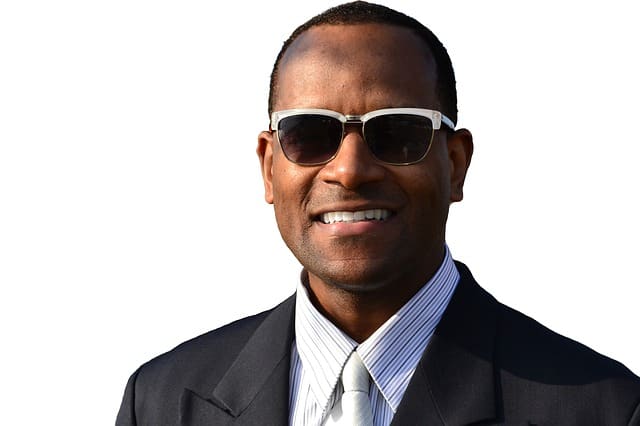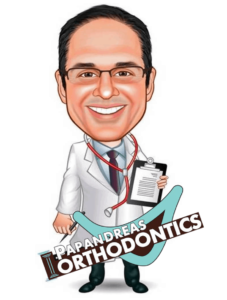Orthodontic braces and your age. Do you hide your smile? Do you wish that your teeth lined up as perfectly as the keys on a piano? If you are plagued with a poorly aligned bite and teeth that are crooked, then you may have considered getting help from an orthodontist. Teenagers are usually associated with misaligned teeth, but when is it too late to get braces? Thankfully, people of all age groups can benefit from an improved smile. If your teeth are keeping your self-esteem low, then you can do something about it.
Is the Need Cosmetic or Misalignments?
In most cases, misalignments are more of a cosmetic concern rather than that of a functional issue. It can be challenging to control plaque and tarter when your teeth overlap. Additionally, they cannot be adequately cleaned, which can lead to cavities. If the problem is not taken care of, then gum disease can creep in. You may think that getting braces in my 40s is too little, too late. However, if you have issues where your teeth don’t come together when you close your mouth, it can cause problems with chewing your food. There can also be problems with pronunciation when your misalignment is severe.
There Are No Age Limits on Orthodontic Braces
Thankfully, there is no age limit for braces for teeth. True, it’s best to fix the problem when you are younger, but more adults realize that it’s never too late to look and feel better about their smile. In case you feel silly calling to make an appointment to get help, the American Association of Orthodontists issued a report, it states that one out of every five patients is a person beyond their teenage years. You can take comfort in knowing that you are not alone.
Things to Consider With Orthodontic Braces Later in Life
While you can get braces at almost any age, there are a few things that you need to take into consideration the process. For instance, younger children are still growing. The structural changes are easier to make because the bones are still budding. The same results cannot be achieved without surgical intervention in an adult. Once the bones have stopped forming, only an operation will help to fix some abnormalities.
The average length of treatment for an adolescent is two years. However, when you are older, the treatment times may vary. Each case is different, and the length of time you need to wear braces will depend on the severity of your situation. Some adults may wear braces much longer than they would have at a younger age, but that doesn’t mean that you cannot have the goal you desire. If your misalignment has contributed to gum disease, then it may be necessary to get a periodontist in on your care. Bone loss can complicate your situation and can inhibit any orthodontic treatments.
What Braces in My 40s Can Do for Me?
Pressure is used to make gentle movements, which coerce the teeth to change their current position, Orthodontics is different than dentistry as we don’t deal with cavities and root canals as much as making sure the teeth are in proper alignment. Braces are called mechanical devices that push the teeth in one direction or the other. For instance, if you want a tooth to move to the right, then applying pressure from the left will encourage it to relocate.
You can visually see the tooth move, but the work is really happening beneath the surface. The alveolar bone feels the pressure from the root. The force causes a section of the bone to dissolve. Removing this section of the bone allows the tooth to go in the direction it’s being forced. While one part of the bone disappears, new bone forms to fill in the space, which keeps the tooth from slipping back into its old spot. Consequently, it’s quite common for one or more teeth to be removed before braces can be applied.
What to Expect When Getting Orthodontic Braces Installed?
Braces are versatile and can move many teeth at once. When these appliances are installed, cement is bonded to the tooth and brackets placed within the cement. The archwires go through the braces, and they are used to apply pressure. By tightening the wires, the teeth will be forced to move. The wires can be tightened in one area and loosened in another. At some point during the treatment, springs and bands are used to help support the archwire. These devices help to boost the directional push that the teeth are receiving.
The process of having braces installed takes a couple of hours. After they are fitted, there will be maybe a few days of discomfort and soreness. You will only be able to eat soft foods, and you can find help from over-the-counter pain medications.
Thankfully, you have more options than metal braces. Clear plates can achieve some movement for less severe cases. They don’t have all the brackets, and such the traditional metal styles require. While they are costlier than their metal counterparts, they are highly desired from the older crowd.
Metal braces these days are smaller and less noticeable than they were in times past. Adding some color bands and wires can enhance the experience and even color coordinate with outfits. If you don’t want people to see the metal in your mouth, then you can opt to have the braces as ceramic or use plastic aligners. It’s costlier but having the metal on the back of the teeth is an option if you won’t want your treatment on display.
Making the Step to Straighten Your Smile
When is it too late to get orthodontic braces? It’s never too late to do something that helps enhance your smile and improve your self-esteem. Since there is no age limit for braces for teeth, you can get help when you are ready. While the process may be a bit longer than it would have been when you were a teenager, you can still have the smile you desire.
If you are ready to get rid of those crooked teeth, then Dr. Samuel Papandreas can help. At Papandreas Orthodontics, you can expect superior service and a stellar smile.
Like what you read? Comment below or CLICK on an APP LOGO to follow us and share the conversation
14200 Ridge Rd
North Royalton, OH 44133
tel: 440-582-8585
Are You Too Old? (for Orthodontic Braces)




